
|
|
|
|
|
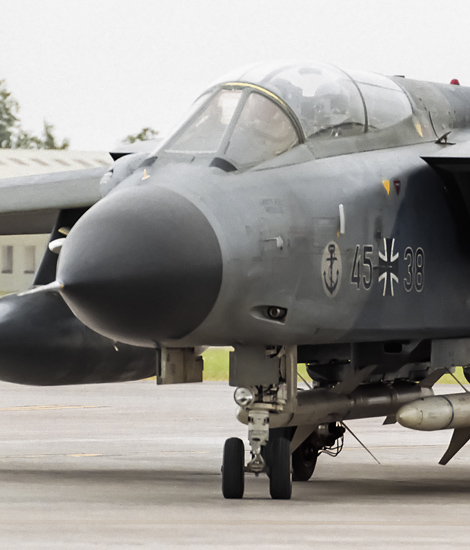
|
The Panavia Tornado IDS; RAF Fairford, July 22, 2002
The Panavia Tornado, part 2; Text and Photograph's by Alex van Noye
The Panavia Tornado IDS is the most widely used version of the Tornado. The IDS version is the original version of the Tornado and is the ground attack variant and is in use in Germany, Italy, Saudi Arabia and the United Kingdom. The Tornado IDS is a fighter for attacking ground targets at low altitude at high speed.
One of the biggest users of the Tornado is the RAF. In Great Britain the Tornado is called affectionately Tonka. The RAF currently has two major airfields where the Tornado GR4 is stationed, namely RAF Marham in England and RAF Lossiemouth in Scotland. The Tornado GR4 is the updated version of the Tornado GR1. The GR Tornado is the British version of the Tornado IDS (InterDictor/Strike). At RAF Marham are currently four squadron stationed, namely; the no 2, no 9, no 13 and no 31 Squadron. These units are all flying the Tornado GR4. In the past, this airbase has also been home of the no 27 Squadron, but this unit was disbanded in 1993. The second major airfield where the Tornado GR4 is stationed is RAF Lossiemouth. On this airbase are also four squadrons stationed, namely; the no 12, no 14, no XV (R) and no 617 Squadron. The no XV (R) Squadron is the OCU (Operational Conversion Unit) squadron for all British Tornado pilots. In the past the Tornado GR1s were based on airfields like RAF Honnington, RAF Laarbruch in Germany and RAF Bruggen in Germany. The British Tornado’s would first come into action during the Gulf War in Iraq in 1991. More than 60 RAF Tornado GR1s were stationed in Saudi Arabia at Tabuk and Dhahran Air Base and Muharraq in Bahrain. The Tornado’s of the RAF played a dangerous role during the war, because the aircraft operated at low altitude to attack airfields of the Iraqi air force. During the conflict, a total of six RAF Tornado’s was shot down by Iraqi air defenses.
The second major user of the Tornado IDS is Germany. The prototype of the Luftwaffe was the Tornado ASSTA 1. The aircraft made its maiden flight on August 14, 1974 at Manching airbase in West Germany. The First Tornado IDS was delivered on July 27, 1979. The total German delivery consisted of 247 Tornado IDS aircraft of which 35 were equipped with dual controls for training purposes. The Tornado IDS would come into service at 5 Jagdbombergeschwaders to replace the Lockheed F-104G Starfigh-
|
|
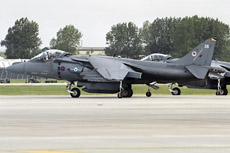
|
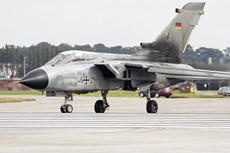
|
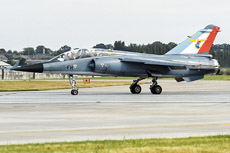
|
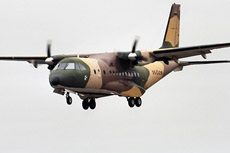
|
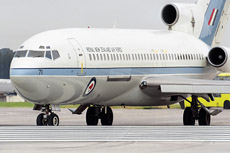
|
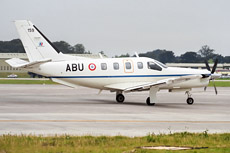
|
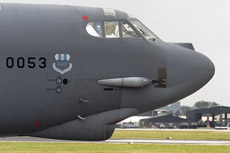
|
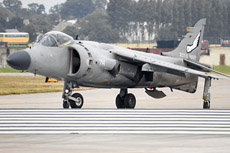
|
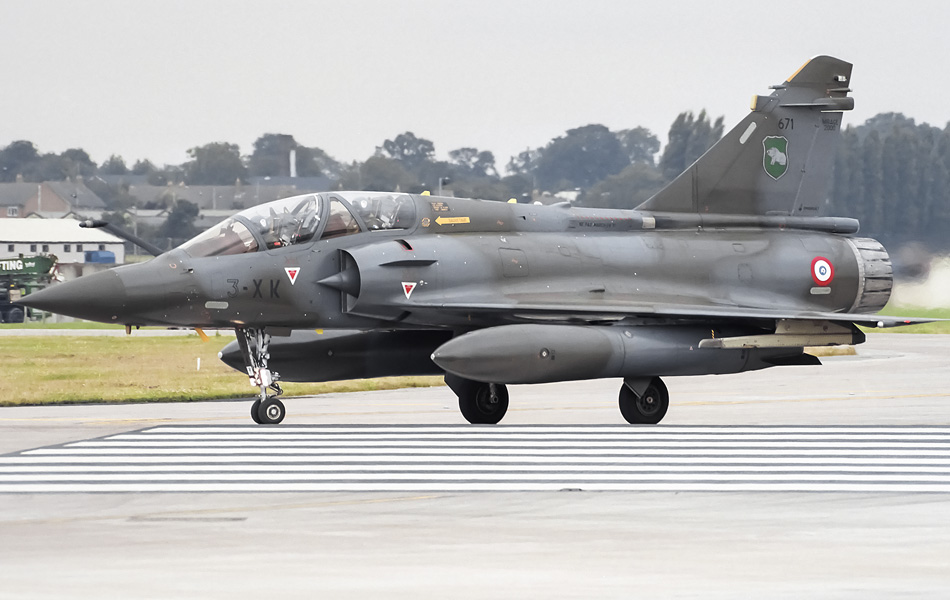
|
ter. The first unit which received the Tornado was Jagdbombergeschwader 31 "Boeckle" in Nörvenich. The second which would fly with the Tornado IDS was Jagdbombergeschwader 33 at Büchel. The third unit which received the Tornado IDS was Jagdbombergeschwader 34 'Allgäu' in Memmingen, this unit was however, disbanded in 2003. The fourth unit which received the Tornado IDS was Jagdbomber- geschwader 38 "Friesland" at Jever and is at this moment also on the list to be disbanded. And finally, the fifth unit which received the Tornado IDS was Aufklärungs- geschwader 51 "Immelmann" at Schleswig-Jagel. This unit has 46 planes in service and will receive the ASSTA 2 Upgrade to carry out the photo reconnaissance role. Finally, the Luftwaffe Fliegerisches Ausbildungszentrum der Luftwaffe is based at Holloman Air Force Base. This unit is responsible for the training of German pilots.
Besides the Luftwaffe, the German Navy has flown with the Tornado IDS as well. The German Marineflieger had two Tornado units in its possession. The first of the two units was Marinefliegergeschwader 1 at Jagel which was disbanded in 1993. The second unit of the German Navy is Marinefliegergeschwader 2 on Eggebek. The Marineflieger units were deployed in the anti-ship role and reconnaissance role. The Tornado’s of the Marineflieger were equipped with the AS34 Kormoran anti-ship missile. In addition to these weapons the Marineflieger Tornado’s can carry out any normal operational task like the Luftwaffe Tornado’s. The Marineflieger Tornado’s can carry pods containing optical and infrared cameras for photo reconnaissance missions. The third user of the Tornado IDS is Saudi Arabia. On September 25, 1985, the contract for the supply of 48 Tornado IDS aircraft was signed by the government of Saudi Arabia and the United Kingdom in the Yamamah I agreement. The first Saudi Tornado’s entered operational service in March 1986. In June 1993, the Al Yamamah II contract was signed for the delivery of another 48 Tornado IDS aircraft. The Saudi Tornado IDS aircraft are all stationed at King Abdulaziz Air Base in the northeast of the country. The aircraft are assigned to the RSAF 11 Wing which is made up of three squadrons, namely; the no 7, no 75 and no 83 Squadron. The no 66 Squadron has nowadays been disbanded. During Operation Desert Storm in 1991, the Tornado’s from Saudi Arabia participated in the coalition that attacked Iraq. There are currently plans made to update the Tornado’s to keep them operational in the future.
The fourth user of the Tornado IDS is the Italian AMI. The first Italian prototype of the Tornado IDS made its first flight on December 5, 1975 in Turin, Italy. The Aeronautica Militare de Italia (AMI) received a total of 100 Tornado IDS aircraft. However, there were 16 aircraft immediately converted to the ECR standard after delivery. A total of 84 Tornado IDS aircraft were therefore operated by the AMI. The Italian Tornado IDS aircraft are all based at Ghedi where they are assigned to the 6° Stormo and Gioia del Colle where they fly at the 36° Stormo. Ghedi Air Base is located in northern Italy east of Milan. The 6° Stormo is composed of three Gruppo’s, namely; the 102° Gruppo which flies the Tornado IDS from 1993, the 154° Gruppo which flies from 1982 with the Tornado IDS and the 156° Gruppo which flies from Tornado IDS since 1984. The aircraft of the 6° Stormo are identified by the code on the nose of the aircraft that begins with the number 6. The aircraft of the 12° Gruppo are assigned to the 36° Stormo and are identified by the nose with code which begins with the number 36. The Italian Tornado IDS aircraft took together with British unit’s part in the coalition during the Gulf War in 1991. During the Italian Operation Locusta were eight Tornado IDS aircraft stationed at Al Dhafra Air Base in Abu Dhabi. During the conflict there was one aircraft lost, because the Tornado was shot down by Iraqi air defenses. The pilots were able to use the ejection seat, but were captured and held as prisoners of war.
|
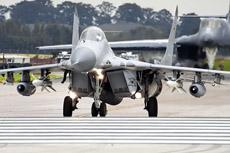
|
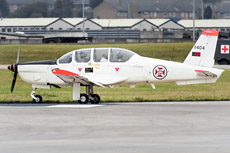
|
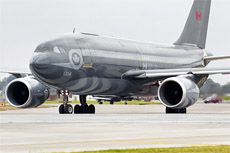
|
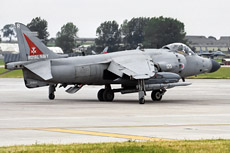
|
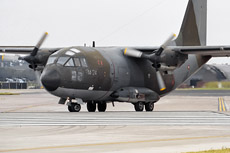
|
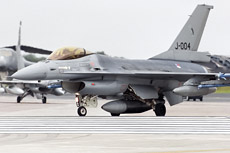
|
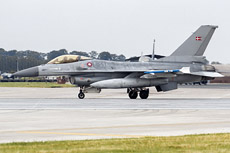
|
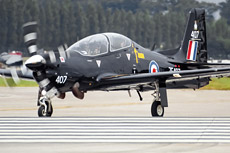
|
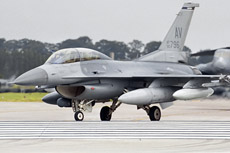
|
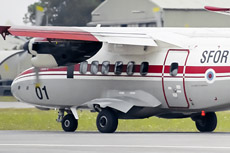
|
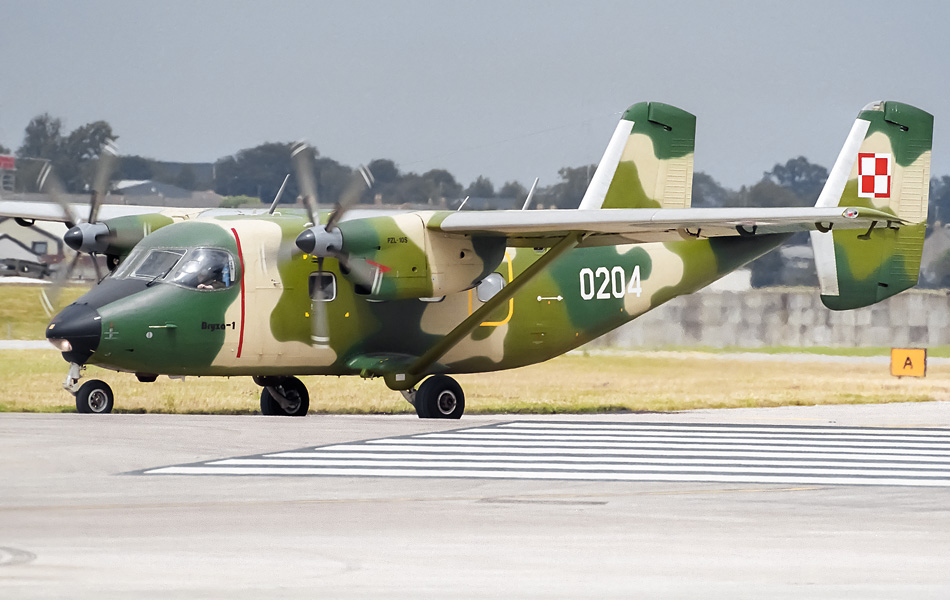
|
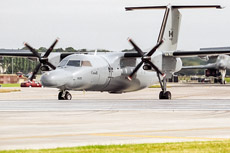
|
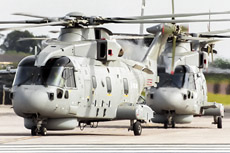
|
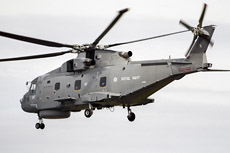
|
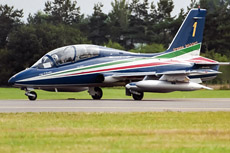
|
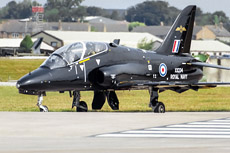
|
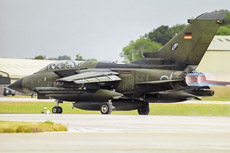
|
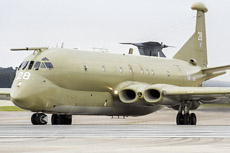
|
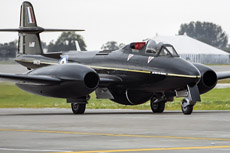
|
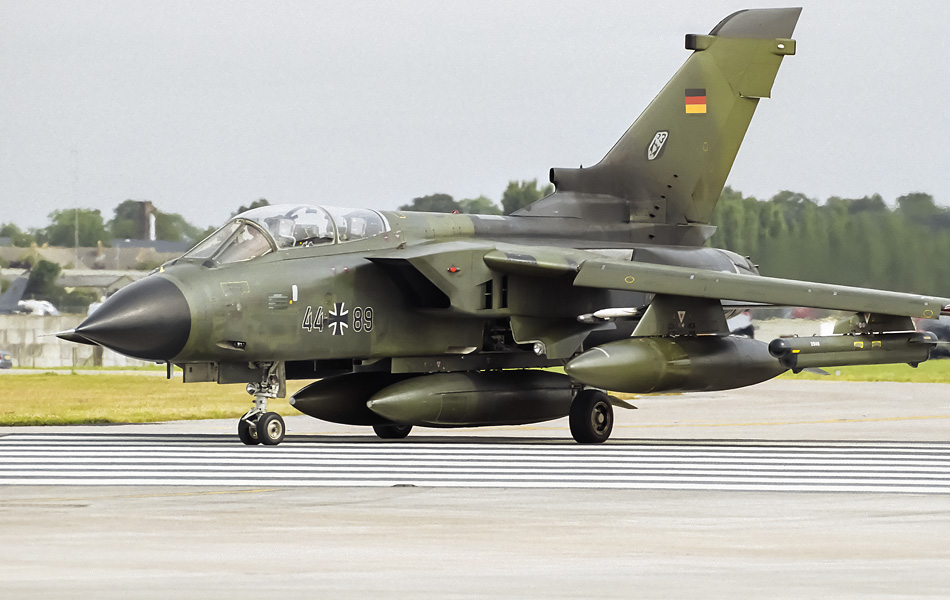
|
|
|

|







